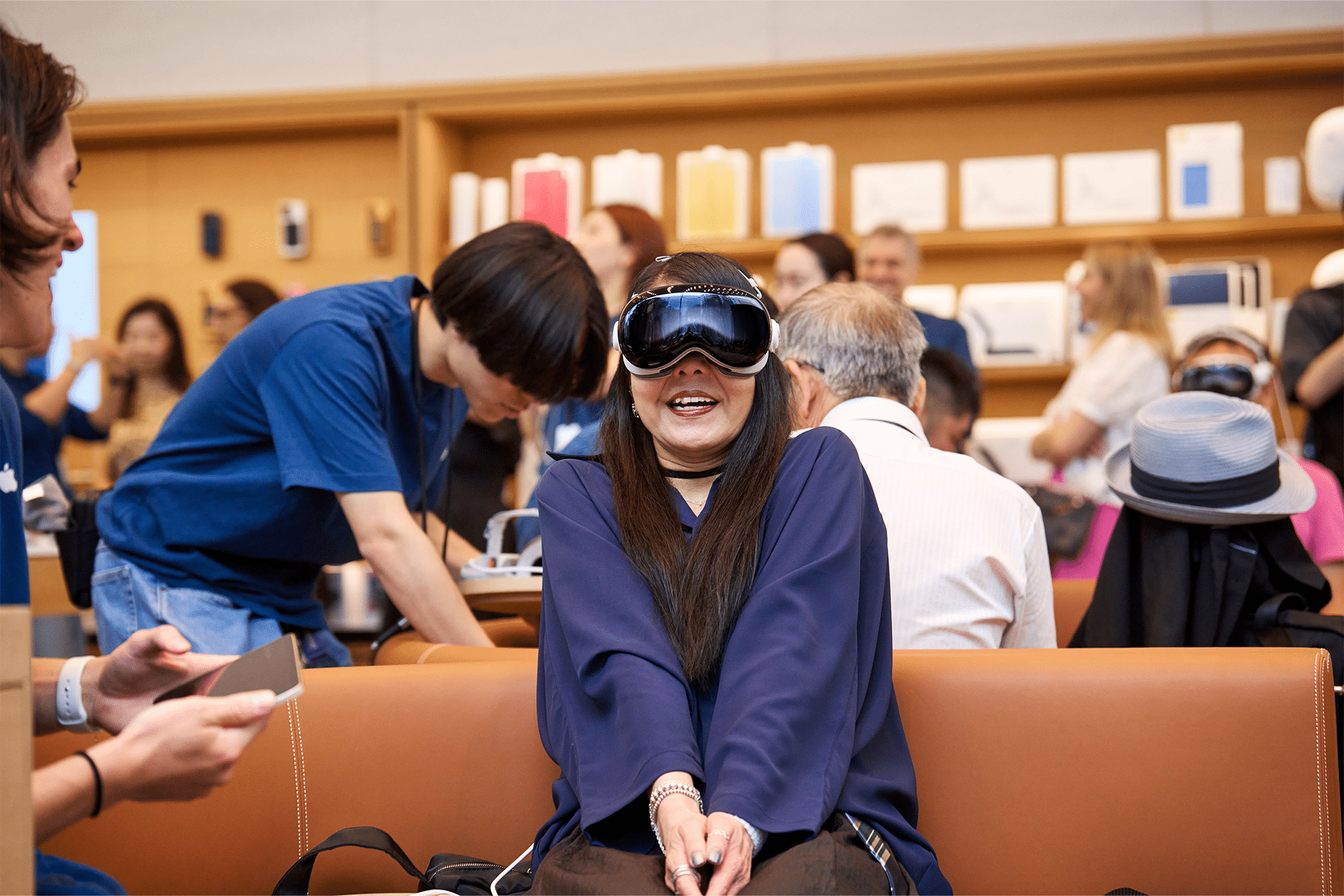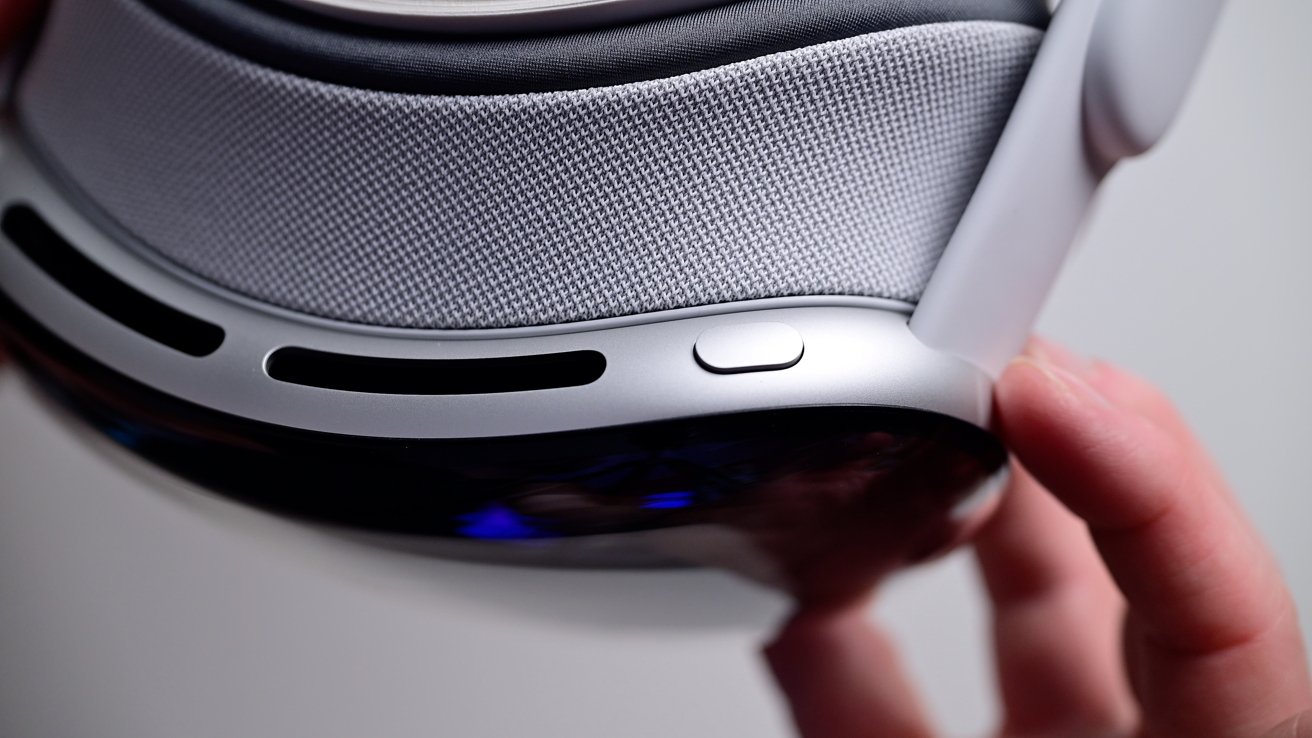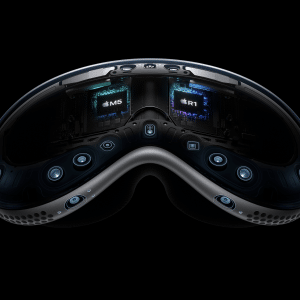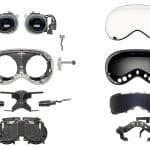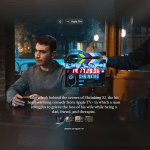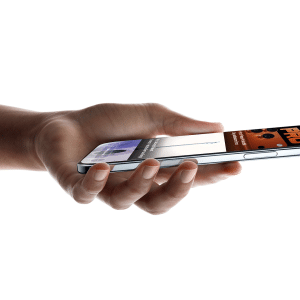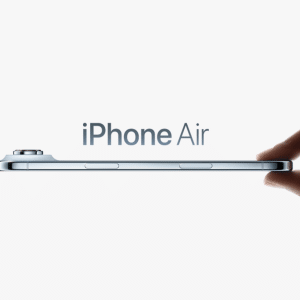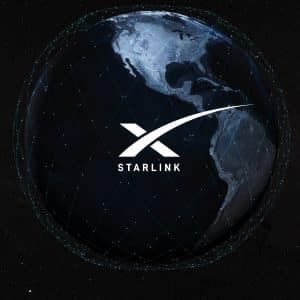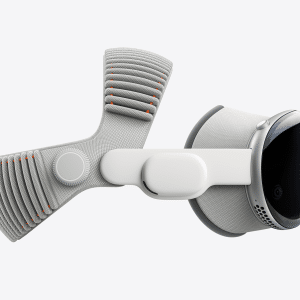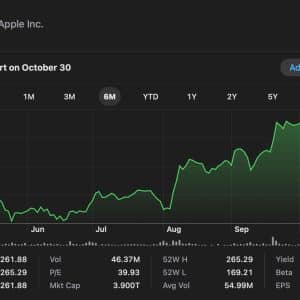The original Vision Pro, launched in February 2024, weighed nearly 1.5 pounds, causing discomfort during prolonged use. Its $3,500 price tag—seven times that of the Meta Quest 3—limited its reach to early adopters and enthusiasts. Bloomberg reports that Apple is now crafting a redesigned Vision Pro to be significantly lighter, reducing neck and head strain for users immersed in virtual workspaces, gaming, or 3D movies. While exact figures remain undisclosed, the aim is to create a headset comfortable enough for hours of wear, whether you’re collaborating remotely or exploring spatial apps.
Cost is another hurdle Apple is tackling. The high price stemmed partly from premium components like Sony’s micro-OLED displays, which deliver stunning visuals but come at a steep cost. To make the 2025 model more affordable, Apple is exploring ways to optimize production without compromising quality, though specifics are still under wraps. As noted by TechCrunch, this could involve using slightly less resource-intensive displays or streamlining manufacturing processes. For users, a lower price means spatial computing becomes less of a luxury and more of a viable option for everyday tasks—think watching immersive videos or managing multiple virtual screens without breaking the bank.
This push aligns with Apple’s broader vision, articulated by CEO Tim Cook, to make augmented reality a transformative platform. A lighter, cheaper Vision Pro could invite casual users to experiment with visionOS, Apple’s mixed-reality operating system, which blends digital content with the real world. Imagine pinning a virtual calendar to your kitchen wall or playing a spatial game that feels like it’s unfolding in your living room. By addressing weight and cost, Apple is betting on turning the Vision Pro into a device that feels as natural to use as an iPhone.
A Tethered Vision Pro for Enterprise Precision
In parallel, Apple is developing a Vision Pro variant that connects directly to a Mac, designed for enterprise applications where timing is critical. Unlike the wireless consumer model, this tethered version eliminates latency, ensuring seamless performance for high-stakes tasks. Bloomberg highlights potential uses like surgical imaging, where doctors could view real-time 3D scans, or flight simulators, where pilots need instant feedback. By offloading processing to a Mac, the headset can prioritize speed and precision, making it a powerful tool for industries like healthcare, engineering, and aviation.
This tethered approach isn’t about replacing the standalone Vision Pro but complementing it. For professionals, the trade-off of a wired connection is worth the reliability. Picture a surgeon adjusting a virtual model mid-procedure without a hint of lag or an architect manipulating 3D blueprints in real time. As ZDNET points out, this move shows Apple’s knack for tailoring its tech to specific needs, much like how the MacBook Pro serves creative pros while the MacBook Air suits everyday users.
Performance Boost with the M5 Chip
Early rumors, like those from analyst Ming-Chi Kuo cited by UploadVR, suggested Apple might opt for a simple chip upgrade—swapping the M2 for an M5—without major design changes. However, Bloomberg indicates a more ambitious plan. The M5 chip, expected to debut across Apple’s 2025 lineup, will likely power both Vision Pro models, delivering faster processing and better efficiency. This upgrade could make Apple Intelligence features, like an enhanced Siri or real-time spatial analysis, feel snappier, while also supporting complex tasks like editing spatial videos or running multiple virtual displays.
For consumers, the M5 means a smoother experience when juggling apps in visionOS. Imagine opening a virtual browser, a video call, and a 3D design tool simultaneously without slowdowns. For enterprise users, the chip’s power ensures the tethered model can handle demanding workloads, like rendering detailed simulations, without hiccups. Reuters notes that this aligns with Apple’s focus on making spatial computing a serious productivity platform, not just a novelty.
Redefining Spatial Computing’s Future
The Vision Pro’s first year was a proof of concept—stunning but niche, with a price and weight that kept it from mass adoption. These 2025 updates show Apple iterating fast. A lighter, cheaper model could democratize spatial computing, letting more people experience visionOS’s blend of work and play. The tethered enterprise version, meanwhile, carves out a new niche, proving the headset’s versatility beyond consumer use.
As 9to5Mac emphasizes, these changes move Apple closer to Tim Cook’s dream of augmented reality as a cornerstone of daily life. For tech enthusiasts, the lighter design and lower price are exciting steps toward a headset you might actually wear all day. For professionals, the tethered model opens up possibilities that wireless setups can’t match. While the Vision Pro won’t fully replace laptops or phones yet, it’s shaping up to be a device that feels less like a prototype and more like a practical companion.
What’s next? Apple’s challenge will be balancing cost-cutting with its signature polish—those micro-OLED displays aren’t cheap for a reason. But if anyone can pull it off, it’s the company that made smartphones a status symbol. By next fall, we might see a Vision Pro that’s not just for early adopters but for anyone curious about the future of computing.
